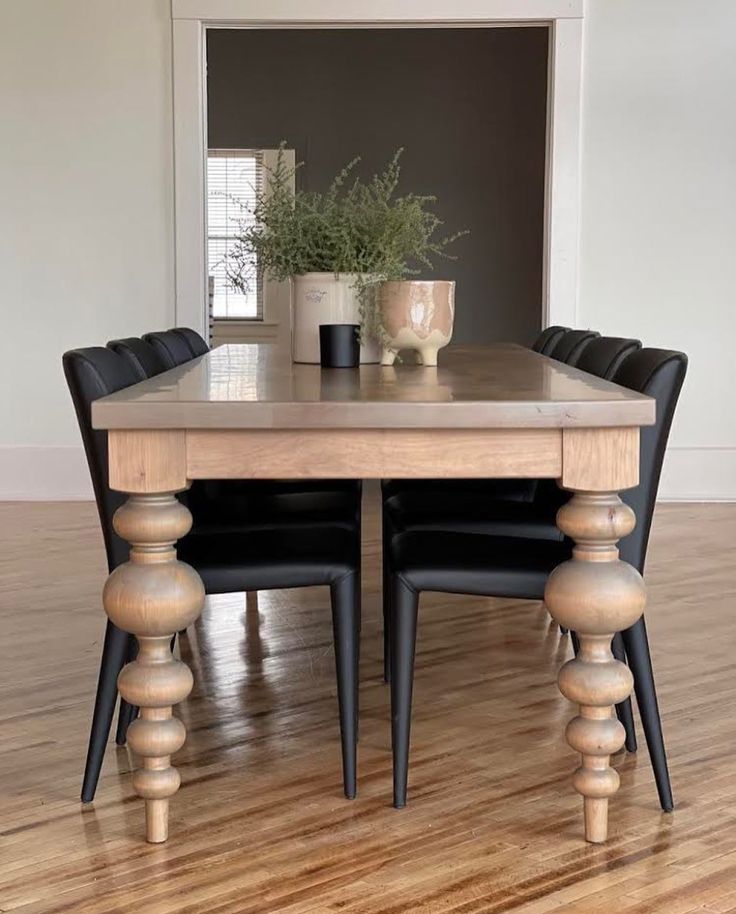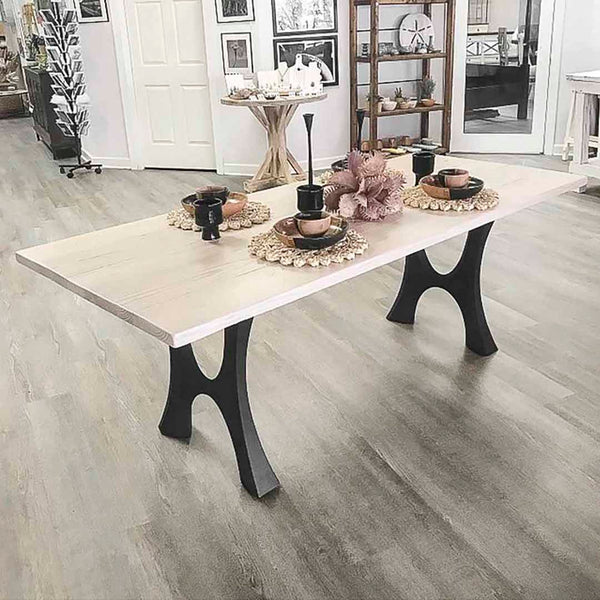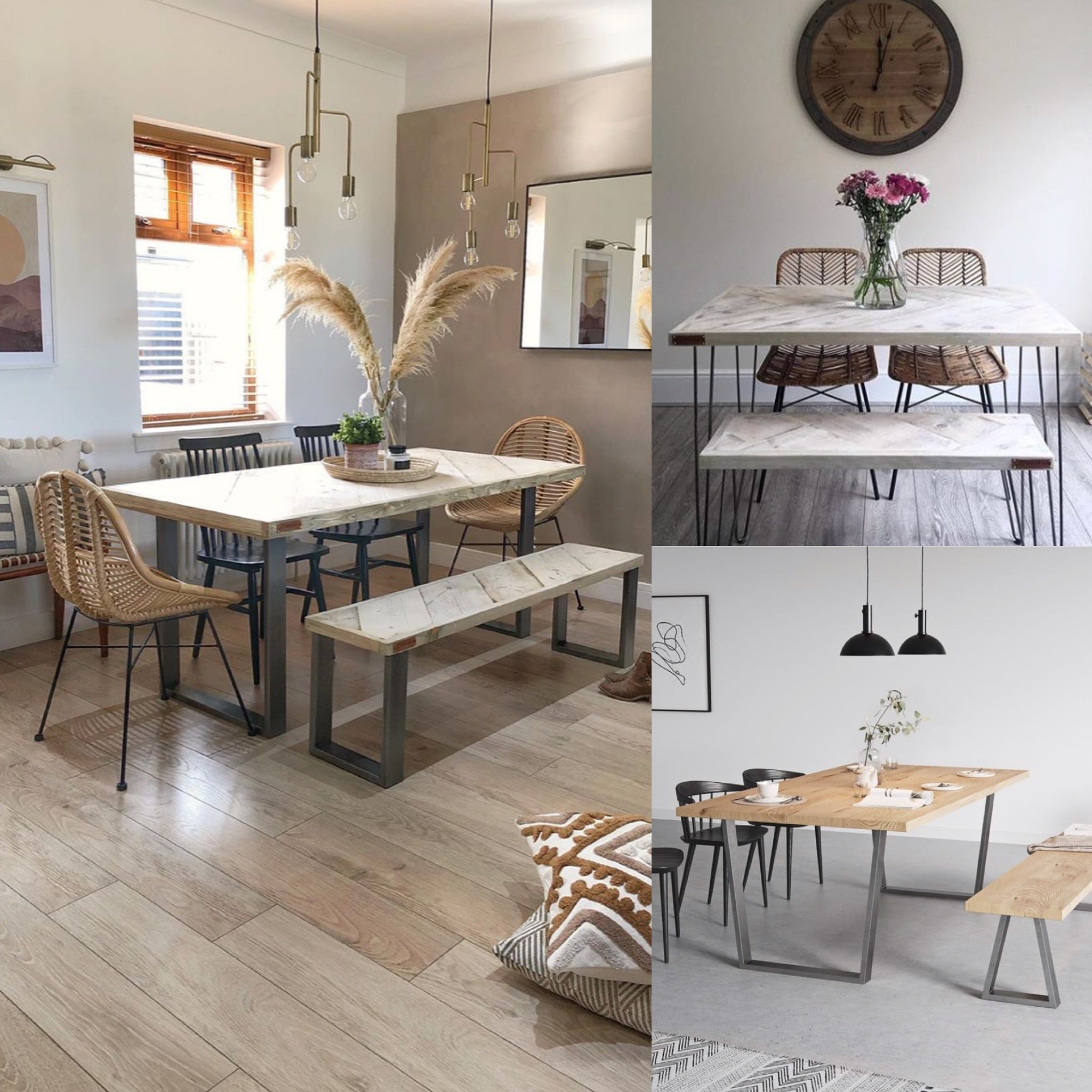The Top Trends in Dining Room Table Legs You Need to Know
The Top Trends in Dining Room Table Legs You Need to Know
Blog Article
Specialist Tips for Setting Up Dining Area Table Legs for Maximum Security
When it involves installing eating space table legs, attaining optimum security is critical for both capability and aesthetics. The process starts with choosing the right products and hardware, complied with by careful placement and consideration of weight circulation. Each step plays an important duty in ensuring that the completed item endures day-to-day usage without jeopardizing safety and security or design integrity. Nevertheless, understanding the subtleties of these elements can dramatically influence the total result. What specific methods can boost security also further?
Select the Right Legs
When picking the suitable legs for your eating area table, it is necessary to take into consideration both functionality and visual appeals. The legs you pick will significantly affect the general layout and stability of the table. Initially, examine the table's intended usage; if you anticipate frequent celebrations, stronger legs, such as those made from solid wood or metal, might be preferable, as they provide enhanced longevity and support.
Conventional dining tables usually range from 28 to 30 inches in elevation, so guarantee the legs straighten with this requirement for comfort. Tapered legs can add a modern touch, while turned legs could communicate a much more timeless aesthetic.

Select Appropriate Hardware
How can the appropriate equipment enhance the security and durability of your dining area table? The selection of appropriate hardware is vital to ensuring that the legs of your table are firmly attached and able to stand up to routine usage. Premium screws, bolts, and braces give the necessary stamina to sustain the weight of the table, in addition to any additional lots put upon it throughout events or dishes.
When picking screws, go with those made from sturdy materials such as stainless-steel or brass, which resist rust and keep stability with time. The size of the screws is equally vital; they should permeate deeply right into the table's framework without compromising integrity. For bolted links, consider using lock washers to stop loosening as a result of vibration or activity.
Additionally, using corner brackets can include extra assistance, specifically for larger tables or those with much heavier tops. These brackets distribute weight uniformly and assist keep the table's shape. Making certain that the equipment you select is ideal for the particular materials of your table will certainly additionally improve its overall stability and longevity, allowing you to appreciate your eating experience for years to come.
Ensure Correct Alignment
Proper placement of dining room table legs is essential for both visual charm and functional security. To achieve ideal positioning, begin by determining the distance from the table's corners to the leg accessory points.
Make use of a level throughout installation to verify that each leg is perpendicular to the table top. This action is critical, as even minor inconsistencies can intensify into significant security problems over time. It reference is recommended to note the wanted leg settings on the bottom of the table with a pencil or covering up tape prior to protecting them. This practice works as a visual overview, permitting changes as needed.
Additionally, verify the positioning after the initial screws are tightened up, as changes may be necessary before totally securing the equipment. By prioritizing proper positioning, you not only boost the table's overall design but also ensure that it remains stable and useful for many years to find.

Consider Weight Circulation
After making certain appropriate positioning of the dining-room table legs, it is very important to consider weight distribution to boost security and capability. dining room table legs. Correct weight circulation is critical in preventing tottering and making certain that the table can sustain its designated lots without risk of tipping or breaking down
When positioning the legs, ensure they are placed at equivalent distances from the center of the table to evenly distribute the weight across the framework. Take into consideration the weight of the table top and any things that will regularly relax on it, such as tabletop devices or decorative items. Tables with larger surfaces need to preferably have legs positioned closer to the edges, as this maximizes the base of support and reduces the risk of instability.
In addition, if the table is planned for use in a high-traffic location, think about using larger materials for the legs or including maintaining elements, such as cross-bracing or a lower shelf - dining room table legs. These changes can aid Find Out More maintain equilibrium and prevent shifting during use. Ultimately, a well-considered weight circulation method will dramatically enhance the table's general performance, click now guaranteeing it continues to be a attractive and practical centerpiece for your dining room
Test Stability Prior To Usage
Examining the security of the dining-room table prior to use is an important action that should not be forgotten. Guaranteeing that the table is safe and secure and steady can prevent crashes and extend the life-span of the furnishings. Begin by applying mild pressure to numerous factors on the table surface. Press down on the center and after that along the sides, observing any kind of wobbling or changing. If the table reveals instability, determine the legs or joints that may require adjustment.
Next, examine that all fasteners and screws are tightened properly. Loosened connections can bring about instability and potential damage in time. If needed, utilize wood glue on joints to enhance security, making certain to permit sufficient drying time.

Conclusion
Finally, the setup of dining-room table legs calls for careful consideration of materials, hardware, weight, and positioning distribution to accomplish maximum stability. By selecting strong legs and high-quality bolts, making sure specific positioning, and dispersing weight uniformly, the structural integrity of the table can be considerably enhanced. Performing a security examination before routine usage further guarantees that the table will endure day-to-day stress, consequently supplying a safe and trusted dining experience.
When it comes to setting up eating room table legs, accomplishing maximum stability is critical for both functionality and appearances. The legs you select will significantly impact the general layout and security of the table (dining room table legs). Common eating tables generally range from 28 to 30 inches in elevation, so make sure the legs line up with this requirement for convenience.Proper positioning of eating room table legs is necessary for both aesthetic allure and practical stability.In verdict, the setup of eating room table legs needs careful factor to consider of materials, positioning, weight, and equipment distribution to achieve optimum stability
Report this page